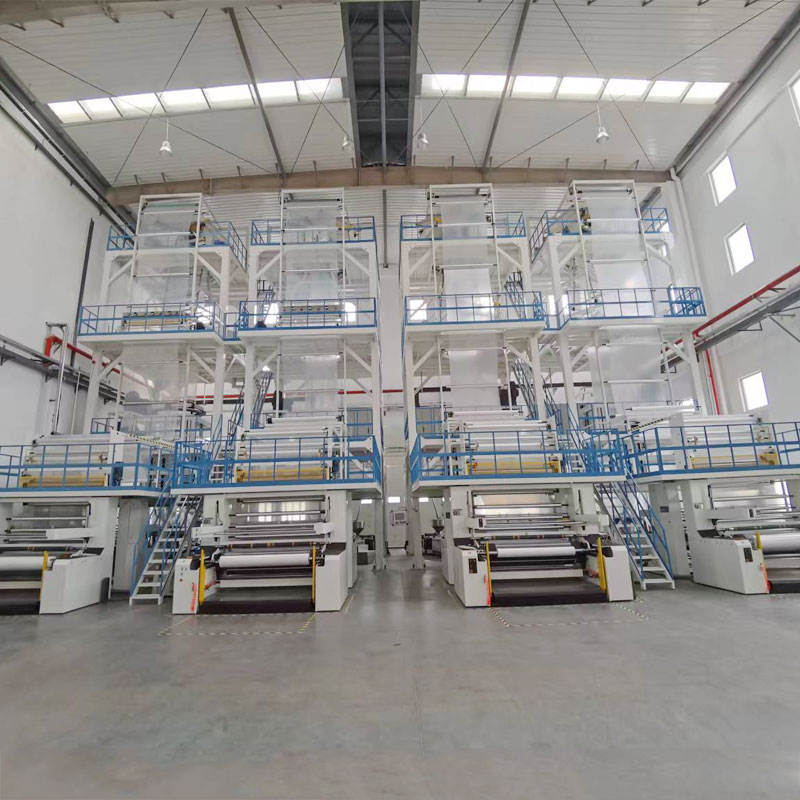What are the differences between blown film machines with different numbers of layers?
2025-06-16
Blown film machines with different numbers of layers have significant differences in production capacity, film performance and application range. The most basic single-layer film blowing machine has a relatively simple structure, low investment and operation and maintenance costs, and is suitable for producing general-purpose films with low performance requirements.
However, its film structure is single and cannot meet the growing demand for high-performance packaging. In contrast, the three-layer film blowing machine represents the most widely used multi-layer co-extrusion technology. It achieves a performance combination that cannot be achieved by a single material by carefully designing the distribution of different raw materials in each layer. For example, expensive barrier materials are placed in the middle layer, the outer layer uses materials with high strength or good heat sealing properties, and the inner layer that contacts the content uses safe food-grade materials. At the same time, the middle interlayer can also make full use of recycled materials, which significantly optimizes material costs and functionality. This type of film blowing machine can efficiently produce composite films with high strength, excellent barrier properties (such as oxygen and moisture barriers), good heat sealing properties and excellent printing properties, and is widely used in high-demand packaging fields such as food and medicine. When the performance requirements are further improved, five-layer or more film blowing machines come into being.
The more layers there are, the more flexible and precise the film structure design is. More characteristic materials (such as adhesive layers, more advanced barrier layers) can be finely combined to produce films with better performance and more advanced applications (such as long-term fresh-keeping packaging, special industrial packaging). It can be seen that from single-layer film blowing machines to multi-layer co-extrusion blown film machines, the increase in the number of layers is directly related to the complexity of the technology, the leap in film performance, and the huge leap in the application value of the final product.



